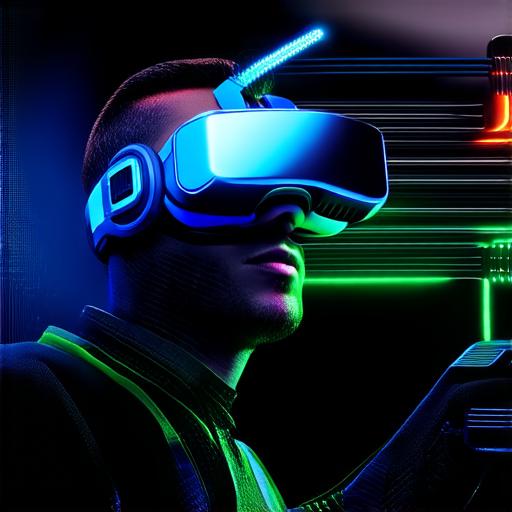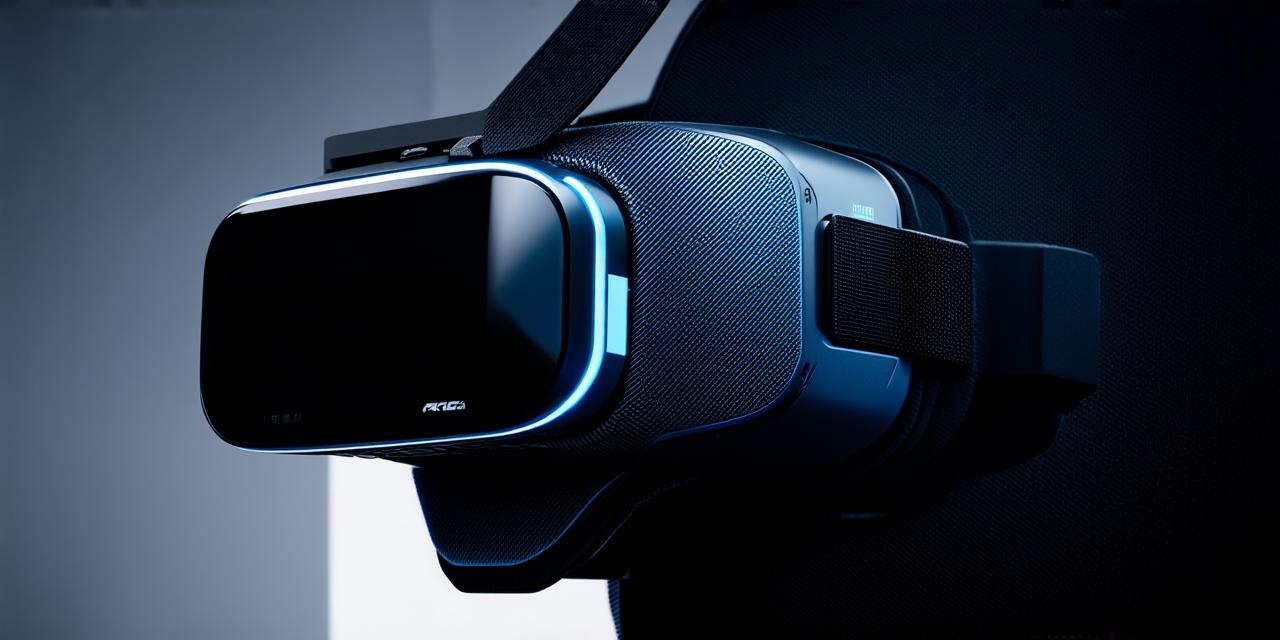Virtual reality (VR) and augmented reality (AR) are two of the most exciting technologies in the field of computer-generated graphics and immersive experiences.
Virtual Reality vs Augmented Reality
: A Brief Overview
Virtual Reality
Virtual reality is a fully immersive experience in which a user wears a headset or other wearable device that blocks out the real world and replaces it with a simulated environment. VR can be used for a wide range of applications, from entertainment to education and training.
Augmented Reality
Augmented reality, on the other hand, is a technology that superimposes digital images onto the real world. AR can be used in a variety of applications, such as gaming, advertising, and marketing. In AR, the user sees the real world through a camera or display device, but digital elements are overlaid on top of the real-world environment.

Key Differences Between VR and AR
Immersion vs Overlay
The most significant difference between VR and AR is how they immerse the user in the experience. Virtual reality creates a completely artificial environment that the user can interact with, whereas augmented reality adds digital elements to an existing environment. This means that while VR can be incredibly immersive and transporting, AR always requires the real world as a starting point.
Interactivity vs Overlay
Another key difference between VR and AR is how they interact with the user. In VR, the user interacts directly with the simulated environment by using hand or body controllers, headsets, or other input devices. This can create a highly immersive experience in which the user feels like they are truly in a different world. Augmented reality, on the other hand, typically involves using a smartphone or tablet to view the real world through a camera or display device. While AR can be interactive, it is often more of an overlay than a true immersion experience.
Cost vs Accessibility
Virtual reality technology can be expensive and requires specialized equipment, such as a high-end computer and headset. This means that VR experiences are often limited to those who have access to the necessary hardware. Augmented reality, on the other hand, is often more accessible and can be experienced through a smartphone or tablet. While AR technology may not provide the same level of immersion as VR, it is often more affordable and widely available.
Conclusion
Virtual reality and augmented reality are two exciting technologies that offer unique experiences for users. While there are several key differences between the two, both technologies have the potential to transform industries such as gaming, advertising, and education. As these technologies continue to evolve, it is likely that we will see even more innovative applications emerge in the future.



